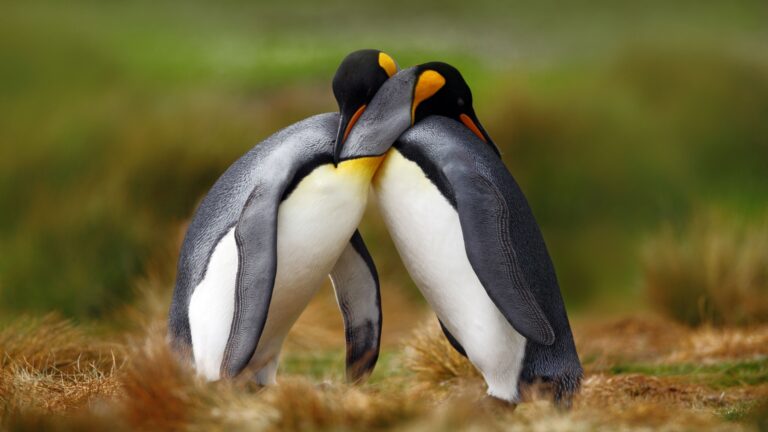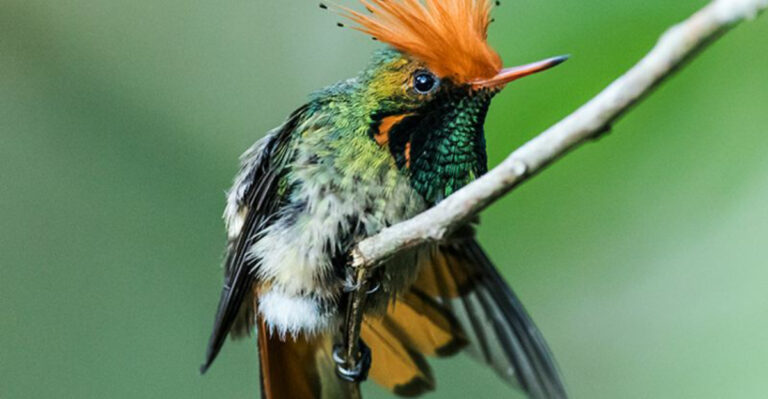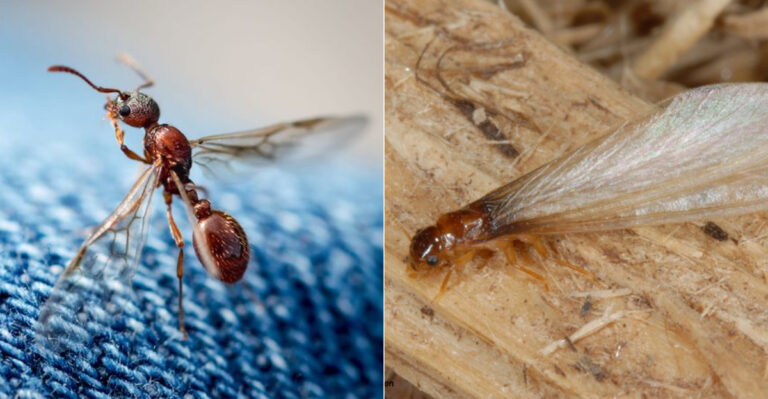The World’s Best Preserved Dinosaur Had A Weird Ending Study Suggests
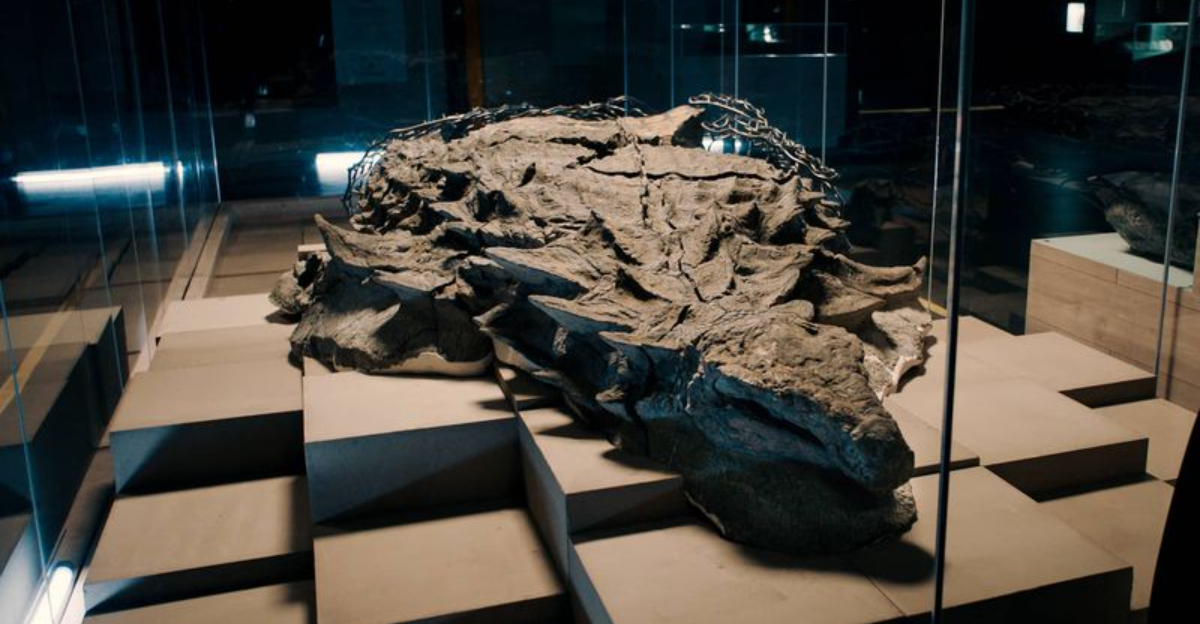
Scientists recently made a groundbreaking discovery about the world’s best-preserved dinosaur, Borealopelta markmitchelli. This armored plant-eater from 110 million years ago has skin, scales, and even stomach contents intact – a truly rare find in paleontology.
New research suggests this dinosaur’s exceptional preservation wasn’t just luck but the result of a bizarre and unexpected end that challenges everything we thought we knew about fossilization.
The Discovery Of The World’s Best-Preserved Dinosaur
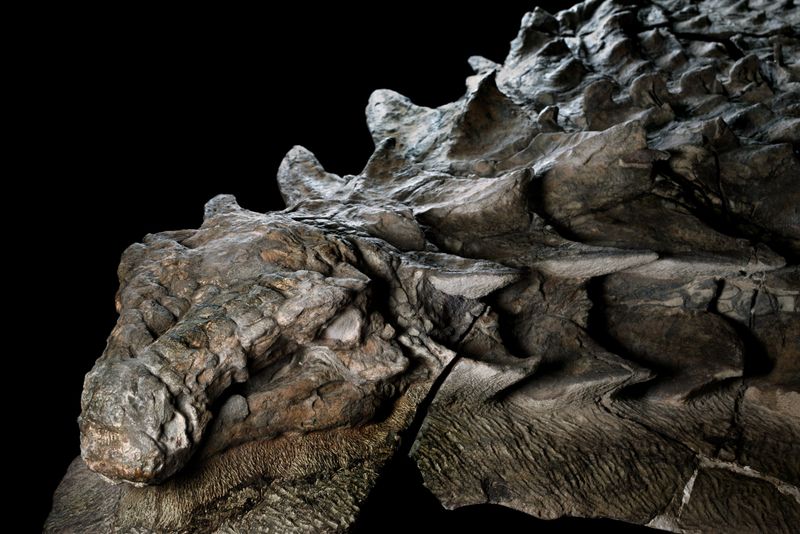
Miners stumbled upon this extraordinary fossil in 2011 while digging for oil sands in Alberta, Canada. The specimen was so pristine that workers initially thought they’d found a statue, not actual remains!
It took scientists over 7,000 hours to carefully extract the dinosaur from surrounding rock. The remarkable find was later named Borealopelta markmitchelli in honor of technician Mark Mitchell who dedicated years to its preparation.
What Makes Borealopelta Markmitchelli So Special
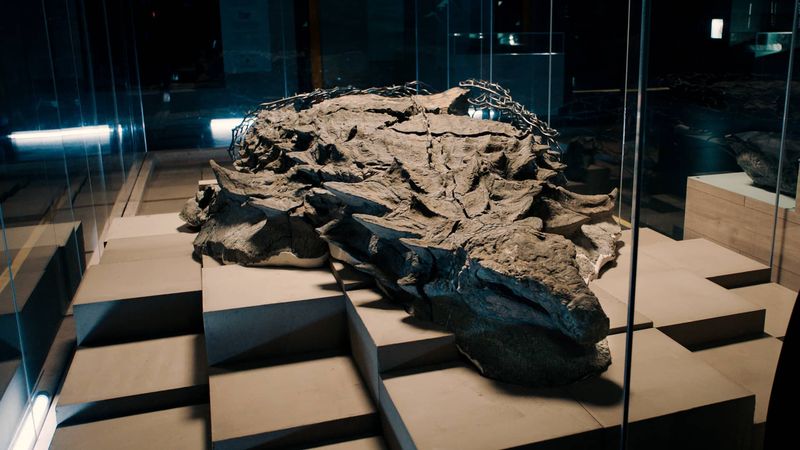
Unlike most fossils that preserve only bones, this nodosaur retained its armor plates, skin, and even the original coloration pattern of its scales. Weighing around 2,800 pounds when alive, the dinosaur appears almost lifelike despite being 110 million years old.
Scientists can see individual scales and the three-dimensional shape of its body. This level of preservation is so rare that paleontologists compare it to finding a dinosaur “mummy” rather than a typical fossil.
How The Dinosaur’s Preservation Challenges Fossilization Theories
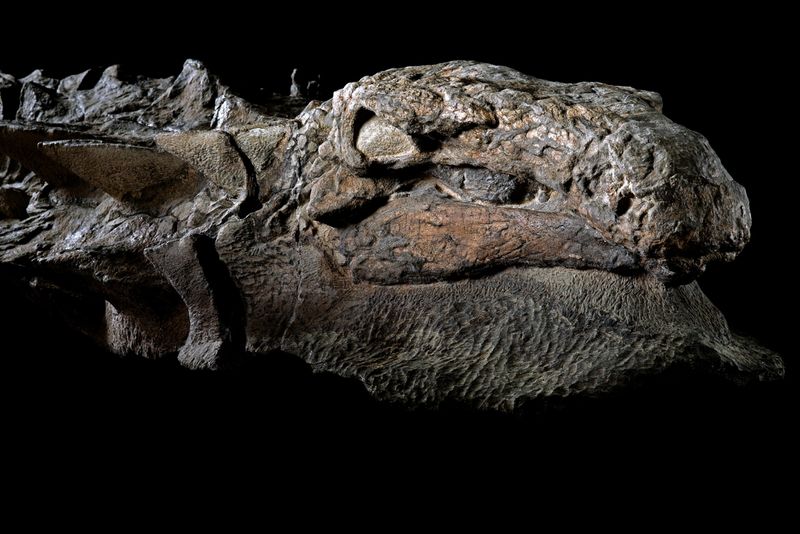
Traditionally, scientists believed exceptional preservation required rapid burial in oxygen-poor environments. Borealopelta turns this theory upside down! Recent analysis shows it wasn’t quickly buried but remained exposed on the seafloor for days or weeks.
Microbes created a protective shield around the carcass, forming a chemical microenvironment that prevented decomposition. This discovery rewrites our understanding of how exceptional fossils form and may explain other puzzling preservation cases throughout the fossil record.
The “Weird Ending” Behind The Fossil’s Exceptional State
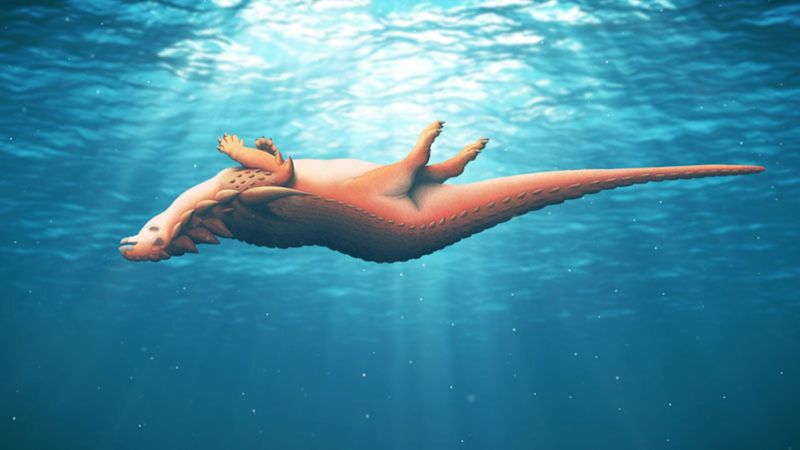
Fresh research suggests this armored giant died at sea despite being a land-dweller. After death, gases built up inside its body, causing it to float belly-up for days before sinking to the ocean floor.
The bizarre floating period allowed unique chemical processes to begin preservation before burial. Its upside-down position protected the back armor from scavengers while exposing the softer underside, explaining why we have an intact dorsal view but missing ventral features.
The Role Of Burrows And Sedimentation In Fossil Preservation
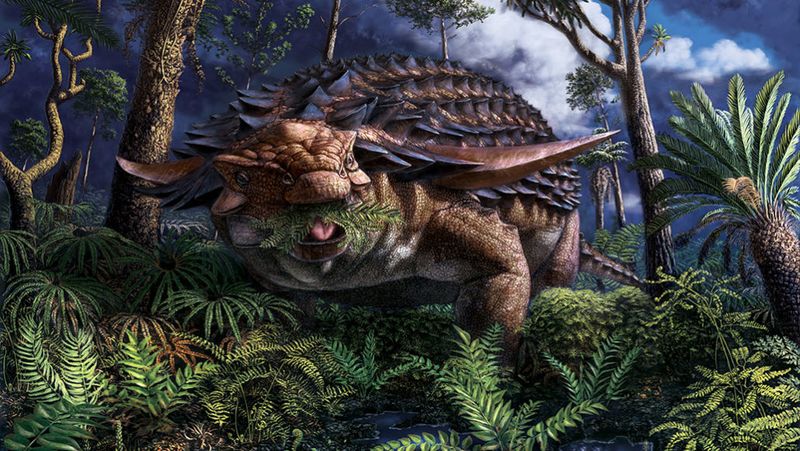
Marine worms and other tiny creatures created burrows around the dinosaur’s body after it settled on the seafloor. These burrows, visible in the fossil, acted like channels for minerals to flow through, speeding up the preservation process.
Fine sediment gradually accumulated on and around the carcass. The combination of this gentle sedimentation with the unique chemical environment created by decomposition bacteria formed a protective mineral case around the dinosaur, essentially “pickling” it for eternity.
Why This Fossil Is Considered One Of The Best-Preserved In History
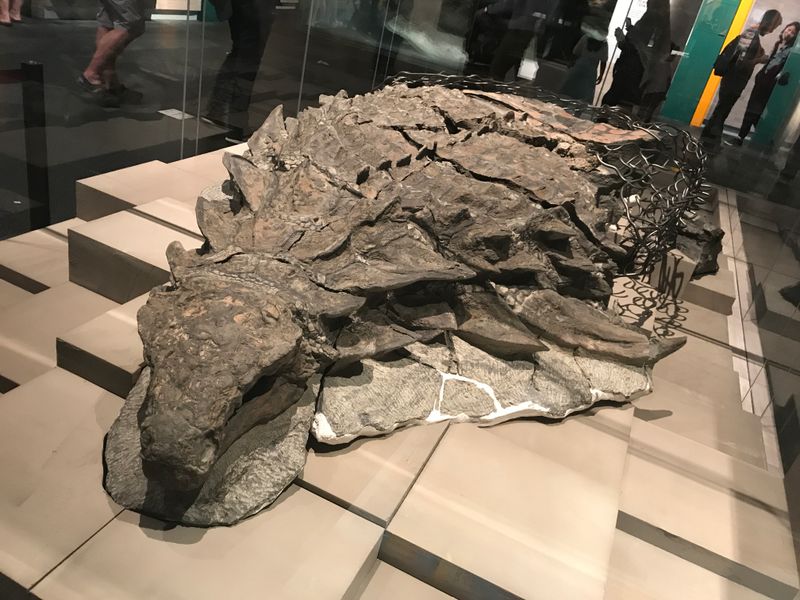
Most dinosaur fossils are just jumbled bones, but Borealopelta gives us the whole package! Its skin shows a reddish-brown coloration pattern that likely helped with camouflage, suggesting predator-prey dynamics from millions of years ago.
The armor plates remain in their original positions, allowing scientists to understand their defensive arrangement. Even soft tissues like the keratin covering of its spikes survived, providing unprecedented insights into how these animals actually looked and functioned in their ancient world.
What The Dinosaur’s Stomach Contents Reveal About Its Life
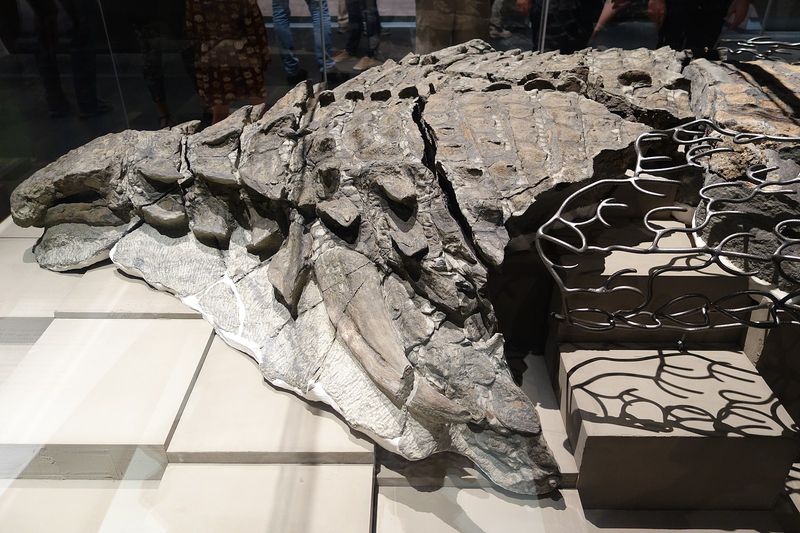
Talk about prehistoric mealtime secrets! Scientists found a mass of chewed plant material inside Borealopelta’s stomach area, including specific ferns, cycads, and conifers that made up its last meal.
Analysis revealed selective feeding habits – this dinosaur wasn’t just munching any plants it found. Charcoal particles mixed with the stomach contents suggest it was feeding in areas recently affected by forest fires, where nutritious new growth would first appear – a behavior seen in modern large herbivores.
The Science Behind The Dinosaur’s Impressive Armor And Skin Preservation
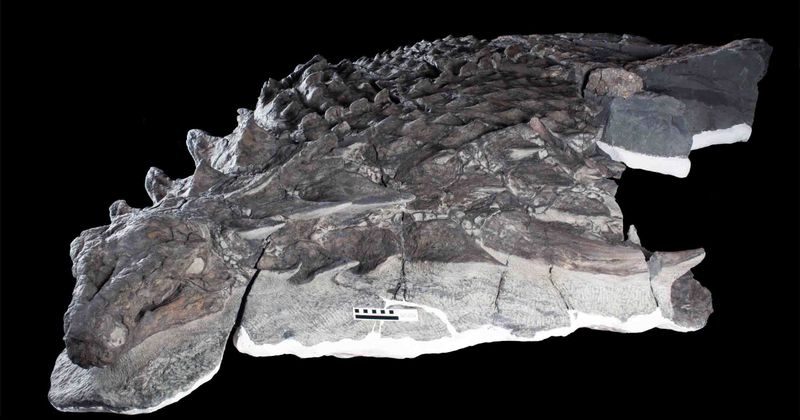
Chemical analysis reveals the original organic compounds in the dinosaur’s skin were replaced by minerals through a process called permineralization. The armor’s color patterns remained visible because pigment structures were precisely replicated by these minerals.
The dinosaur’s tough exterior helped protect it from decomposition. Its thick, keratin-covered plates acted like a natural shield against decay, preserving details down to microscopic skin textures that show bumps, wrinkles, and even evidence of injuries that healed during its lifetime.
What This Discovery Means For Understanding Fossilization Processes
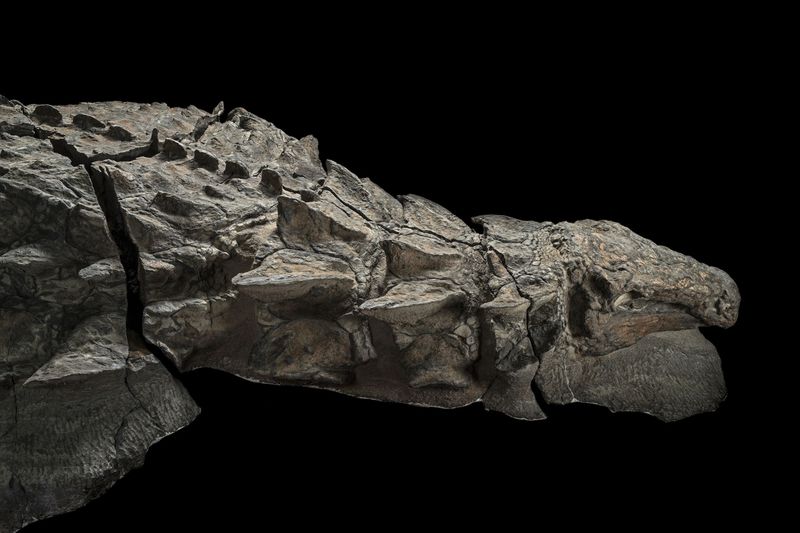
Borealopelta’s preservation shatters previous assumptions about how exceptional fossils form. The new “floating-bloat” theory suggests we should look for more specimens in ancient marine environments, even for land-dwelling creatures.
This discovery provides a roadmap for identifying other potential preservation hotspots around the world. Scientists are now reexamining known fossil beds with these new insights, potentially uncovering more incredibly preserved specimens that could revolutionize our understanding of prehistoric life.


